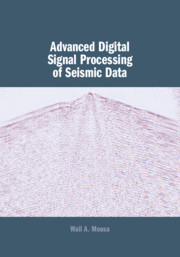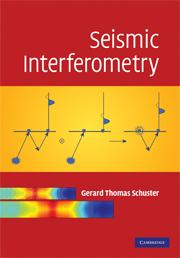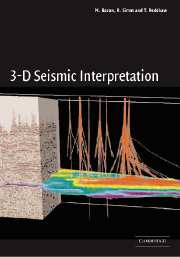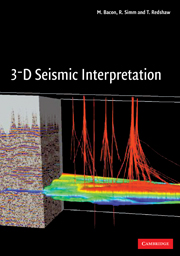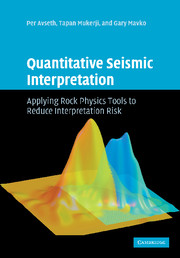Advanced Digital Signal Processing of Seismic Data
Seismic data must be interpreted using digital signal processing techniques in order to create accurate representations of petroleum reservoirs and the interior structure of the Earth. This book provides an advanced overview of digital signal processing (DSP) and its applications to exploration seismology using real-world examples. The book begins by introducing seismic theory, describing how to identify seismic events in terms of signals and noise, and how to convert seismic data into the language of DSP. Deterministic DSP is then covered, together with non-conventional sampling techniques. The final part covers statistical seismic signal processing via Wiener optimum filtering, deconvolution, linear-prediction filtering and seismic wavelet processing. With over sixty end-of-chapter exercises, seismic data sets and data processing MATLAB codes included, this is an ideal resource for electrical engineering students unfamiliar with seismic data, and for Earth Scientists and petroleum professionals interested in DSP techniques.
- Provides worked examples, exercises and data sets allowing readers to relate theory to practise
- Covers geophysical seismic theory for non-geophysicists, making the book accessible to readers who don't have a background in seismology
- Combines digital signal processing background and theory with applications to the processing of seismic data used in the exploration of petroleum reservoirs
Reviews & endorsements
'This textbook represents an excellent introduction to the advanced study of subterranean reservoir analysis based on the method of seismic reflection … a very readable and informative account … Anyone working in the field of seismic reflection surveying or related studies involving geophysical exploration will likely benefit from reading this book.' M. S. Field, Choice
'The book content is well organized, and the text is generously illustrated with many quality diagrams, figures, tables, and images. Many useful worked examples with solutions appear in the book, which readily enforce the background theory. They are supplemented with more than 60 excellent end-of-chapter exercises and MATLAB computer assignments, which test the reader's knowledge and understanding. The book is also supplemented at the end with a comprehensive reference list. In summary, this book provides an excellent resource for explaining seismic data processing to electrical engineering students and DSP algorithms to geoscientists.' William A. Sandham, Scotsig, UK
Product details
No date availableAdobe eBook Reader
9781108579346
0 pages
378 b/w illus.
Table of Contents
- Preface
- Part I. Seismic Theory Background:
- 1. Introduction
- 2. Seismic theory and reflection surveying: a necessary background
- Part II. Deterministic Digital Signal Processing for Seismic Data:
- 3. Spectral analysis of seismic data and useful transforms
- 4. Sampling theorem for seismic data
- 5. Seismic applications of digital filtering theory
- Part III. Statistical Digital Signal Processing for Seismic Data:
- 6. Fundamentals of digital optimal filtering
- 7. Seismic deconvolution
- 8. Seismic wavelet processing
- References
- Index.

